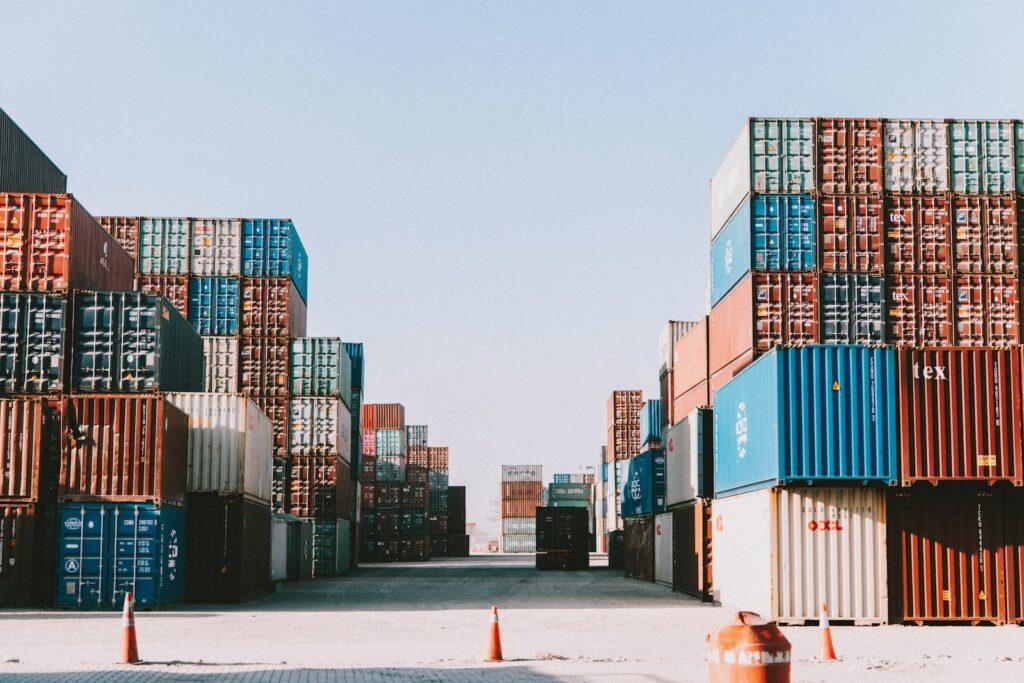So exactly what is disaster distribution?
Natural disasters can strike at any time, and their impact can be devastating. In the aftermath of a disaster, it is essential to provide relief to those affected by distributing aid and resources. This process is known as disaster distribution.

It refers to the distribution of resources, such as food, water, shelter, and medical supplies, to those affected by a natural disaster. The primary goal of it is to ensure that survivors receive the assistance they need as quickly and efficiently as possible.
Disaster distribution is typically carried out by organizations that specialize in relief, such as the Red Cross, the Salvation Army, and other non-profit organizations. These organizations work with government agencies, local authorities, and other groups to coordinate relief efforts and ensure that aid is distributed to those in need.
The Importance of Disaster Distribution
Disaster distribution plays a crucial role in providing relief to those affected by natural disasters. In the aftermath of a disaster, access to basic necessities such as food, water, and shelter may be limited or non-existent. It provides these necessities to those in need, helping to ensure their survival and well-being.
It is also important for the recovery of affected communities. Providing resources and aid, it helps to restore a sense of normalcy and stability to affected areas. This can help to facilitate the recovery process and promote resilience in the face of future disasters.

The Challenges
While distribution is critical for providing relief to those affected by natural disasters, it can also be a challenging process. One of the biggest challenges of it is ensuring that aid is distributed fairly and efficiently. In some cases, aid may be hoarded or distributed unevenly, leading to further suffering and inequality.
Another challenge of disaster distribution is coordinating relief efforts across multiple organizations and agencies. Communication and coordination between different groups can be difficult, leading to duplication of effort or gaps in aid provision.
It is a critical process that plays a vital role in providing relief to those affected by natural disasters. By distributing resources and aid, disaster distribution helps to ensure the survival and well-being of affected communities and facilitates the recovery process. However, it also poses significant challenges, such as ensuring fair and efficient distribution and coordinating relief efforts between multiple organizations and agencies. Despite these challenges, it remains an essential component of relief efforts.






